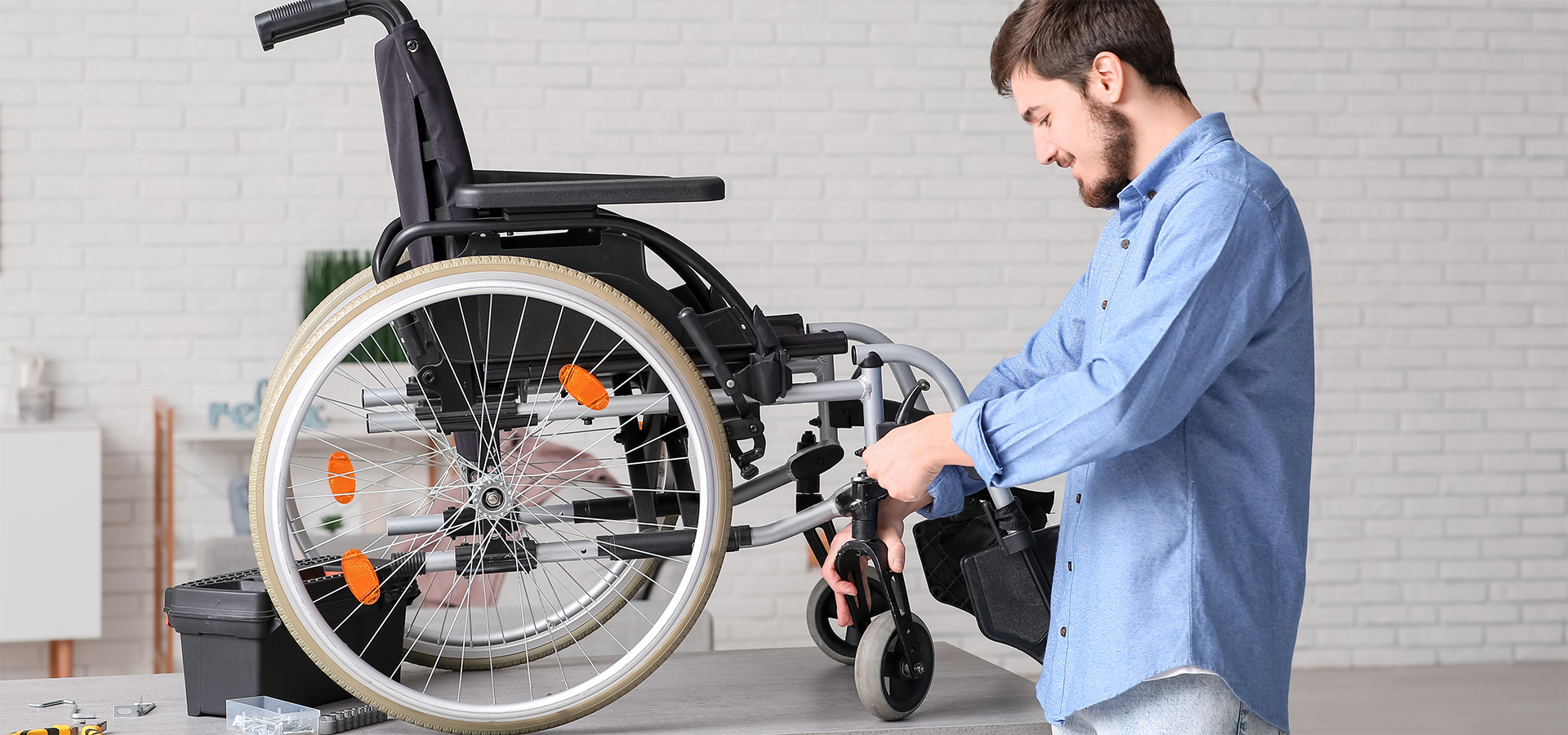
Effective Repositioning Strategies in a Wheelchair to Avoid Pressure Injuries
Pressure injuries are nothing if not common. And while the name sounds innocuous, the reality is anything but. Pressure injuries can quickly turn into open wounds, infections, and potentially life-threatening conditions that must be treated in hospitals.
In some cases, patients are already in hospitals, confined to beds or wheelchairs. Although pressure injuries are still serious in such situations, at least trained staff are at hand to try and help combat the problem.
In other cases, though, the affected individual is out in the world, perhaps on their own or in the hands of a caregiver who may not be educated enough about identifying and treating pressure injuries. This puts the onus of ensuring pressure sore prevention on the clinician.
Nowhere is this truer than in the case of wheelchair seating.
Before you send patients or clients out on their own in a chair, it is critical to ensure that said chair fits them properly. Repositioning can help hugely here, as can adequate padding. Happily, you can ensure both with the right technology.
Considering the tens of thousands of pressure injuries that develop in hospitals and the countless more that occur outside of them, it's imperative to design suitable positioning protocols for preventing them.
Start With the Hips, Pelvis, Trunk, & Head
Any guide to wheelchair seating will start with the main core of the body: from the hips and pelvis up through the trunk to the head. Ideally, the wheelchair user's position is as upright as possible. Although sometimes injury or disease makes this impossible, you should aim for it where you can. Specifically:
- Start the positioning process by moving the hips and pelvis so that they are centered in the chair with the pelvis and knees as level as can be.
- Gently move the individual's back so that it is pressed securely against the backrest, evenly centered, without leaning to one side or another.
- Position the head in the center as well, above the spine, with the headrest helping to support and keep it in this position.
Position Legs, Feet, & Arms
To continue with proper wheelchair seating, you will next position the legs, feet, and arms. Specifically:
- The thighs should be straight, the knees level with the hips, and the legs at a 90° angle if possible.
- Adjust the feet until they make full contact with the footplate. If you cannot make the feet connect without changing the angle of the hips or legs, adjust the footplates, as necessary.
- Next, adjust the arms and make sure the armrests are at a good height to support both elbows and forearms but not so high that they create awkward angles.
For wheelchair users who have sensation and language abilities to guide them, this process will likely be more straightforward. However, in some cases, individuals will lack one or both qualities, which means you need another means of determining what proper positioning looks like for that person.
That's where sensors come in. Before we discuss that, though, let's look at how cushions and straps play a role in wheelchair positioning.
Use the Right Cushions
Seat cushion selection and evaluation also matter hugely to the comfort and long-term safety of the wheelchair user.
It goes without saying that hard surfaces create greater areas of pressure than soft ones. A chair that lacks cushions is likelier to create pressure sores in the bottom, hips, back, and shoulders than a chair that is well-padded.
To use cushions properly, you should:
- Fit permanent cushions to the chair for long-term support.
- Provide additional cushions as needed for comfort or to help the patient stay in the proper position. Wedge pillows may prove useful here.
- Use contoured cushions as needed to improve posture, for instance, with the spine.
- Use a strap if necessary to help individuals stay upright if posture is a serious problem. As this is a type of restraint, this decision must be made in combination with the individual, caregiver, and medical team. To some, it may feel unwelcome.
If you're scratching your head and thinking that this is a lot to do in a limited period, then you're certainly not alone among clinicians. A common complaint is that proper pressure injury prevention protocols are hard to enact during the limited amount of time that medical professionals and therapists spend with their clients.
When you add in the complexity of interrelated wheelchair components, unseen asymmetries, and lack of sensation, you've got a real bugbear. It's time for better tools to help you ensure your patients' safety and comfort long-term.
Tailor Solutions Using Pressure Mapping
Using pressure mapping for wheelchair seating is no longer a nice-to-have addition to your clinic, hospital, or research lab. It is now an absolute must to provide the data you need to ensure maximum patient outcomes.
Meet the ForeSite® SS, your cutting-edge pressure imaging system, a critical tool in your toolbox, helping you to ensure proper wheelchair positioning using the power of science. Our system has helped numerous therapists and clinicians prevent pressure injuries in patients using wheelchairs, educate their patients on proper seating, and increase outcomes in their clinics. Get ready to join them today.
Sensor mats can help you:
- More easily assess the comfort and safety of wheelchair use
- Identify areas of high pressure to relieve them
- Identify problems even when patients lack sensation
- Evaluate symmetry and mark anatomical features
- Keep patient information safe using HIPAA-client data encryption
- Integrate both software and hardware into your existing lab routines simply
- Reuse easily cleaned hardware repeatedly without recalibration
- Compare multiple designs by comparing data and images
If this sounds like a system you can get behind, then it's time to get in touch with XSENSOR and learn more today. Your patients deserve it, and so do you.
